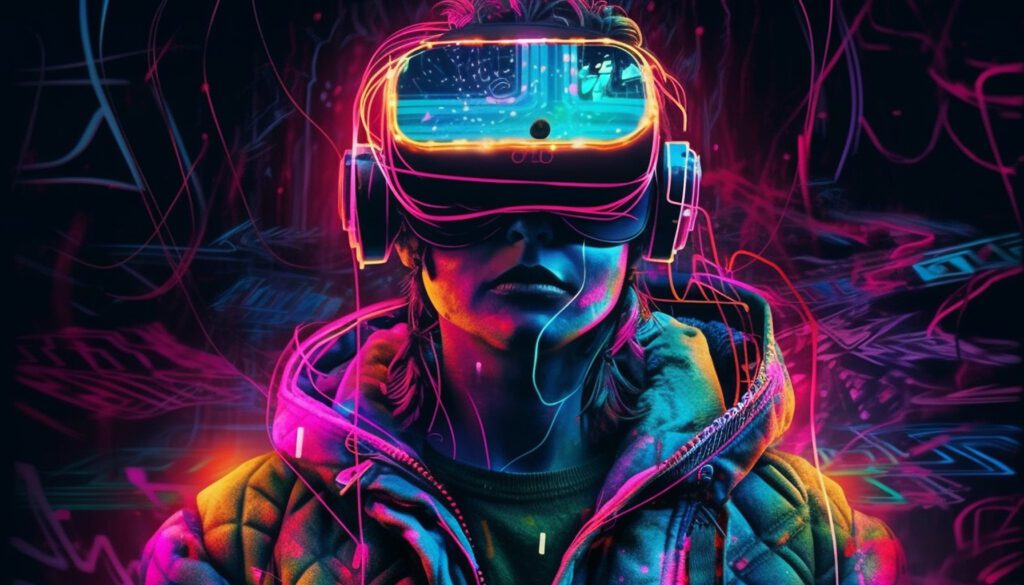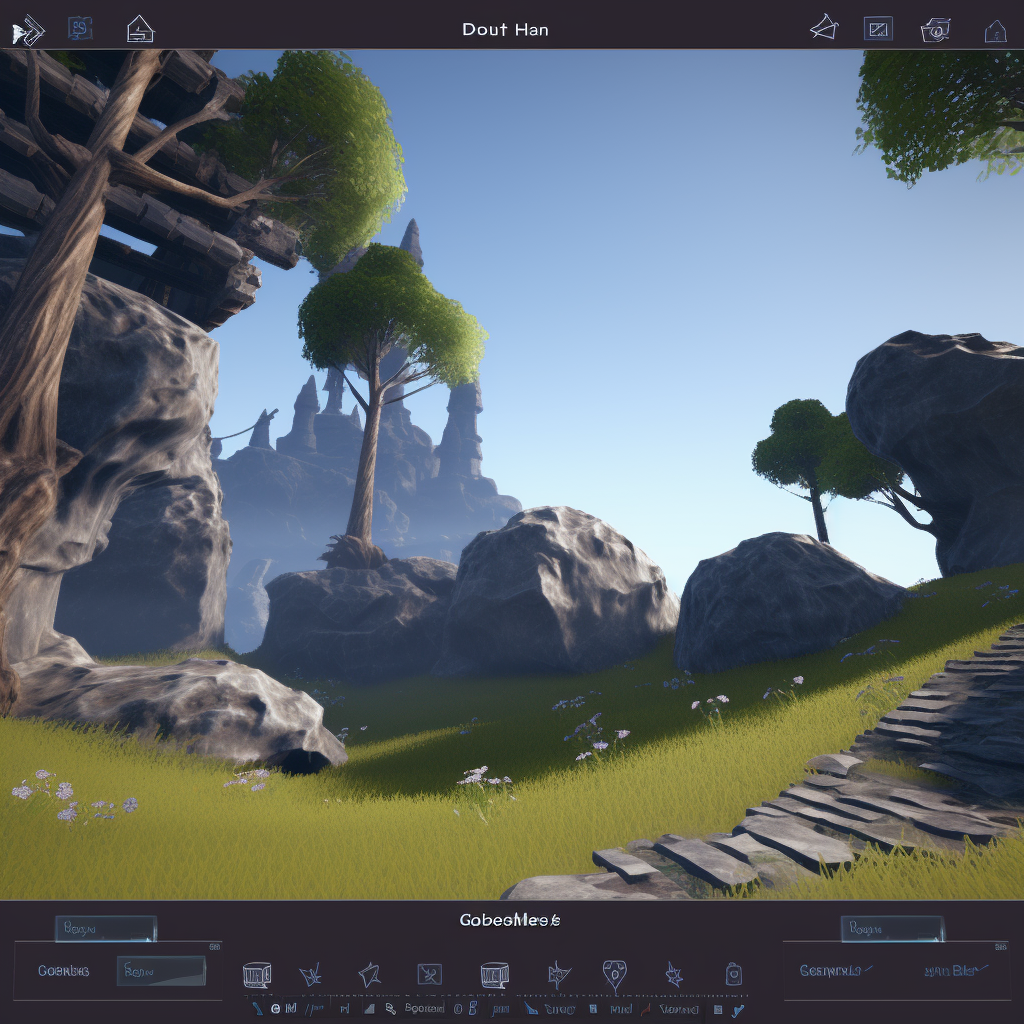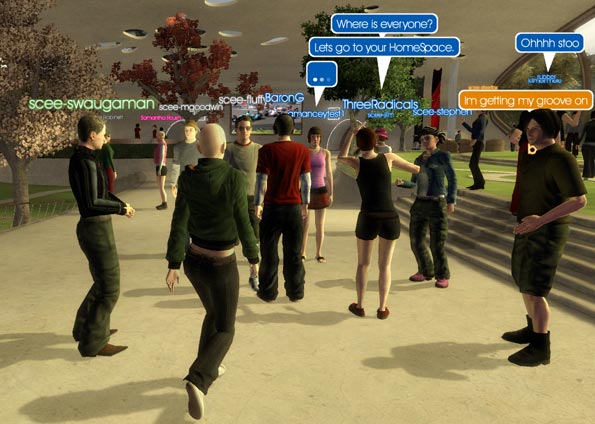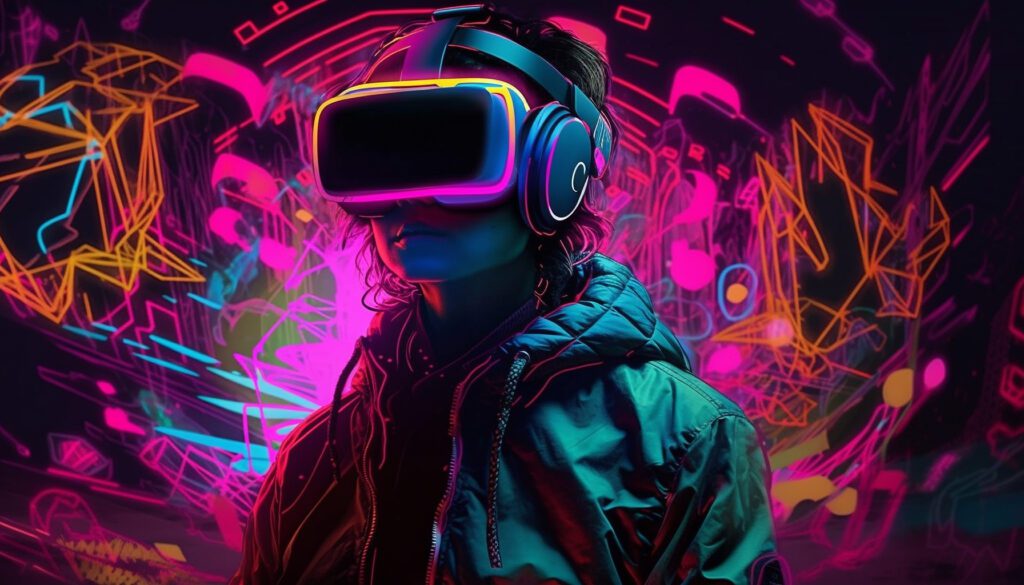We often ask ourselves: “How long do virtual worlds take to design?” That is the kind of question we have to take into consideration when we decide to create a game or design a whole new world for an e-game – since time is usually one of the things that defines how much the game itself is gonna cost.
In the contemporary era of advanced technology and digital interconnectedness, the creation of virtual worlds has become a complex and multifaceted endeavor. The process of designing a virtual world is a dynamic journey, influenced by a multitude of factors that contribute to its duration and intricacy.
Whether it’s the scale and complexity of the envisioned realm, the number of collaborators engaged in the design process, or the available resources at hand, each facet plays a pivotal role in shaping the temporal trajectory of this creative undertaking.
This discourse delves into the various elements that impact the time required for the conception and realization of virtual worlds, while also offering insights into notable examples from the realm of virtual reality.

How Long Do Virtual Worlds Take to Design?
Let’s try to answer the main question here: after all, how long do virtual worlds take to design? Well, when contemplating the span required to birth a virtual world, the foremost factor to consider is the world’s size and complexity. The relationship between these two variables is direct and intuitive: the larger and more intricate the virtual environment, the more time it demands for its meticulous design.
A compact world featuring a modest collection of distinct locations may be constructed within a few months. By contrast, if you wonder how long do virtual worlds take to design, and such a world is an expansive world teeming with hundreds, if not thousands, of unique locales, the process will undergo a design period spanning several years sometimes. This time investment is intrinsic to the intricate detailing, coding, and integration of the diverse elements that comprise the virtual realm.
Additionally, the creative journey of designing virtual worlds is not confined solely to the physical dimensions of the landscape. It involves sculpting narratives, engineering interactions, and fostering a seamless user experience. These intangible facets intertwine with the tangible elements, augmenting the design process’s complexity.
Just as an artist painstakingly crafts each stroke on the canvas, so too do virtual world creators meticulously weave lines of code and design choices to evoke immersion and engagement. So, to understand how long do virtual worlds take to design, we have to understand that the span of time required for this intricate orchestration is a reflection of the artistry and engineering prowess required to breathe life into these digital realms.

How many people do you need to design a virtual world?
In the panorama of virtual world design, the number of individuals engaged in the process constitutes another pivotal determinant.
Collaboration is both a boon and a potential hurdle. While a diverse team can offer multifaceted perspectives and skills, it concurrently lengthens the design period. Achieving consensus, coordinating efforts, and ensuring a harmonious amalgamation of diverse contributions demand substantial time and effort.
A small design team consisting of, say, five adept members, may manage to crystallize a petite virtual world within a few months. Conversely, a larger assemblage of around twenty participants could necessitate multiple years to orchestrate the birth of an expansive virtual universe.
The availability of resources is a dynamic that intricately influences the temporal dimension of virtual world creation. Resources, spanning financial capital, human resources, and software tools, serve as the bedrock upon which the world’s foundation is laid.
A project fueled by substantial resources can traverse the design journey more swiftly than one constrained by limited assets. Consider a well-funded corporate enterprise with a seasoned cadre of designers; such an entity could accelerate the design process considerably compared to an independent developer grappling with budgetary and manpower constraints.
Tracing the chronology of noteworthy virtual worlds
Examining the temporal landscapes of some well-known virtual worlds offers a more tangible perspective on the variability of design time, so let’s dive into a few examples:
Second Life, a pioneering virtual world, embarked on its creation journey over several years under the stewardship of the developers at Linden Lab. The inaugural iteration of this virtual domain made its debut in the year 2003. This case highlights the extensive duration that a visionary project can require, especially when pushing the boundaries of technology and interactivity.

World of Warcraft, an iconic MMORPG, bore witness to its own meticulous gestation period. Crafted meticulously by a team of adept developers at Blizzard Entertainment, the initial version of this digital universe emerged in 2004. The narrative of WoW’s development underscores the depth of detail and the intricate tapestry that a sprawling virtual world entails.
The saga of Minecraft, a phenomenon in the gaming sphere, adds another layer to this chronicle. Orchestrated by the ingenuity of Swedish programmer Markus Persson, this sandbox creation culminated over a span of several years. The world’s maiden version was unveiled to the public in 2009. This narrative reinforces that even projects helmed by a singular creative force necessitate substantial temporal investments.
Charting the course ahead in the industry
In the age of rapid technological advancement and an ever-expanding digital frontier, the design of virtual worlds is an endeavor both awe-inspiring and intricate. The multitude of variables – spanning from the dimensions of the world to the human resources and technological infrastructure – interact in complex ways to delineate the temporal trajectory of each project. So as you could understand from the examples we offered in the last section, the answer to the question of how long do virtual worlds take to design is not that simple to get and it depends on many variables.
The examples of Second Life, World of Warcraft, and Minecraft elucidate that the design duration of virtual worlds can vary immensely, influenced by creative ambition, technological prowess, and available resources.
Aspiring architects of virtual realms must navigate these variables judiciously, recognizing that while planning is essential, adaptability to unforeseen exigencies is equally paramount.
With each pixel and code, designers fashion new frontiers of imagination and immersion, reshaping the landscape of human experience. In the symphony of virtuality, the temporal investment is a nuanced note, harmonizing with the cadence of innovation and creative ingenuity.
Charting the course ahead in the industry, it is evident that virtual world design continues to be a dynamic and evolving discipline. The rapid convergence of cutting-edge technologies, such as augmented reality (AR) and virtual reality (VR), is poised to reshape the canvas upon which these digital realms are painted.
As society’s appetite for immersive experiences grows, so too does the demand for intricately designed virtual worlds that captivate the senses and expand the horizons of imagination.
As the digital landscape continues to evolve, it becomes clear that there is no one-size-fits-all answer to the question of how long do virtual worlds take to design. Each project is a symphony of variables, echoing the ingenuity of its creators and the possibilities enabled by the technological tools at their disposal. In the ever-shifting sands of innovation, it is the astute navigation of these variables that will define the success of future virtual world endeavors.

In the realm of virtual reality (VR) and augmented reality (AR), the concept of the metaverse has emerged as a transformative force, reshaping the landscape of online games and digital realities. As users immerse themselves in these virtual spaces, they craft their avatars and navigate through rich, 3D environments powered by platforms like Roblox, Fortnite, and Decentraland.
The underlying technology, such as Unreal Engine and spatial computing, enables fully immersive experiences that blur the boundaries between the physical and virtual worlds. From multiplayer MMORPGs to metaverse-like environments, the metaverse platforms offer a plethora of opportunities for product design and game development. As one of the key innovators in this field, Mark Zuckerberg has outlined his vision for the metaverse, envisioning a future where internet users can work, play, and socialize in a decentralized digital reality.
With the advent of 5G and advancements in 3D modeling, the metaverse is poised to become an integral part of our online and offline lives, revolutionizing how we interact and engage with digital environments.
Let’s build worlds together!
In this article, you have come to understand that answering the question of how long virtual worlds take to design is not a simple quest, just as building a virtual world is not easy. However, the journey can undoubtedly be very rewarding!
If your dream involves crafting fantasy worlds for games or multiverses, Main Leaf offers specialized assistance. Our highly skilled team is well-equipped to guide you on the journey of transforming your ideas into reality and creating your very first e-game. Reach out to us for further details and take the first step toward bringing your vision to life!

